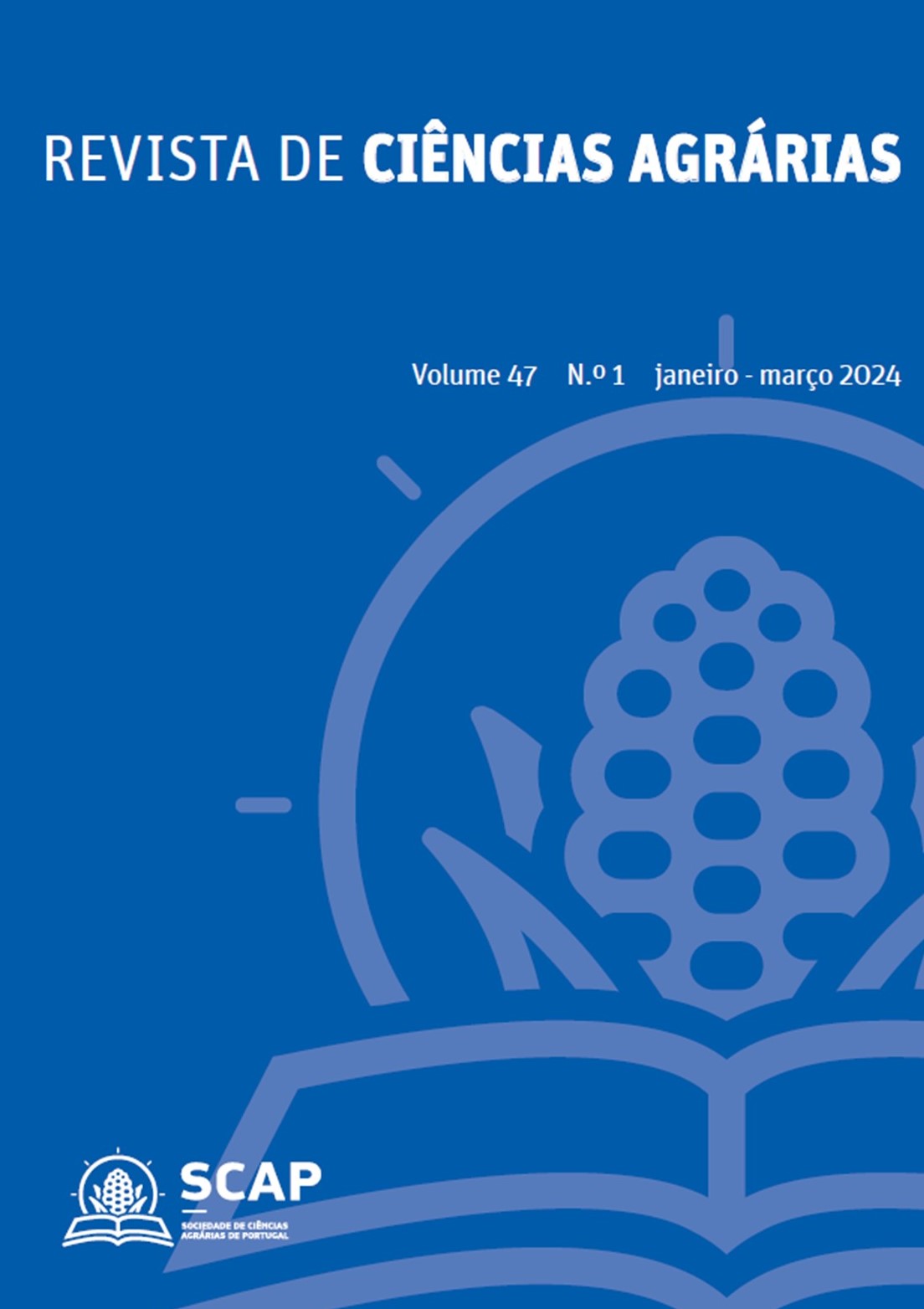In search of variability in weeds for their control with castrating fungi
DOI:
https://doi.org/10.19084/rca.34864Abstract
There are numerous examples of endophytic fungal parasites of plants that can prevent them from flowering or producing seeds. Among these are Ustilaginales fungi that can cause smut on host plants. This contribution addresses the interaction between Digitaria sanguinalis (Ds), an important weed, and Ustilago syntherismae. Since 2004, both populations have been monitored on a plot with an agricultural past at Torre Marimon (Caldes de Montbui, Barcelona). We present data relating to the 2009-2017 period on the density of Ds individuals present at the end of the annual cycle (autumn), obtained through regular sampling using quadrats of 0.25 m2. Three phenotypes were differentiated according to the following morphological characteristics: a) apparently normal plants with spikelets in their inflorescences; b) completely smutted plants with sori in their apical part; and c) plants (partially smutted, PS) that presented both spikelets and sori in different mainstem/tillers. For the period 2011-2014, data on the reproductive potential and interannual variability (number of inflorescences with spikelets/number of sori per individual) of the three aforementioned groups are presented and compared. Although both the average annual density of PS individuals (4.7 i m-2) and their average annual contribution to the number of spikelets/sori are low (31/168 structures m-2 respectively), we briefly discuss, within the scenario of the possible use of the fungus as a biological control agent, the relevance that these individuals may have for analysing, from a genetic perspective, the type of resistance they present.


